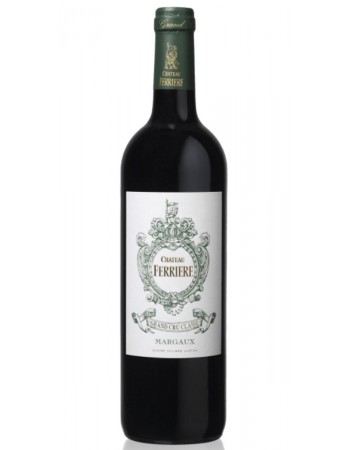Red wines comes in a wide range of styles – from big, bold and jammy, to earthy smooth and elegant and everything in between. Some red wines can be aged for over 50 years and still have a wonderful complexity and finesse, while others can be opened for any occasion and enjoyed at once. With thousands of different red grape varieties grown around the world, there is a red wine for everyone’s palate.
Cabernet Sauvignon, Merlot and Pinot Noir are considered international varieties, or Noble Grapes, as they can be found in most winegrowing regions around the world. Because of their far reach, these are also some of the most well known varieties. Some varieties are recognized for their regionality: Tempranillo is synonymous with Spain, Sangiovese is linked with Italy, and Zinfandel is associated with California.
Red wine can be produced from one single variety or blended with several. A Bordeaux blend may be one of the most famous age worthy red wine blend that many producers take inspiration from. Jean Louis Chave has also made a name for himself through his impeccable blending skills, creating wonderfully balanced and complex wines from Rhone. Port is a great sweet red wine, a popular choice to serve with chocolate or blue cheese.
New World Red Wines
While France, Italy and Spain are all considered Old World wine regions (places from which most varietals and viticultural traditions originated), wine-growing regions in the USA and Australia (among others) are well-known as prolific New World wine regions, to which vitis vinifera (the common grape vine) and winemaking techniques were imported during the last few hundred years.
North America
California
Perhaps the most renowned winegrowing region of North America is Napa Valley in California. The red wines produced here are delicious and well-rounded, benefiting from California’s Mediterranean climate. Napa Valley is particularly reputed for its “Napa Cab”, a Bordeaux-style blend which combines predominantly Cabernet Sauvignon with aging in American oak. Napa’s neighbor to the west, Sonoma County, is home to another well-known wine region, Sonoma Valley, which also primarily cultivates Cabernet Sauvignon in its warmer mesoclimates, the cooler ones being more suited to Pinot Noir. Some areas, like Lodi, also cultivate wonderful old vine Zinfandel.
Oregon
Wines from Oregon are less well-known but just as noteworthy as their Californian counterparts. Pinot Noir is the main varietal cultivated in the Willamette Valley wine region, the largest in Oregon state. Thanks to the cool climate and volcanic soils in this rustic region, the Burgundian-inspired Pinot Noir wines from Oregon are wonderfully subtle and nuanced. You will usually find notes of cinnamon and vanilla by way of the terroir-focused viticulture and the tendency towards aging in French instead of American oak.
France
Bordeaux
Bordeaux is located in the sunny southwest of France, winegrowers there being equipped with the perfect climate for their work. When referring to Bordeaux appellations, one commonly separates them into the Left Bank and the Right Bank, the two areas divided by the Gironde estuary to the north of Bordeaux, which splits into the Dordogne and Garonne rivers as one ventures further south.
The great appellations on the Left Bank of Bordeaux include Medoc, Margaux and St. Estephe, with mainly gravelly soils for cultivating Cabernet Sauvignon, the red wine grape of choice in this region. The Cabernet Sauvignon of the Left Bank is often complemented by other grape varietals such as Cabernet Franc, Malbec, Merlot and Petit Verdot. On the Right Bank, which includes Saint-Emilion and Pomerol among other appellations, there is a wider range of soil types, including clay, sand, gravel and limestone. Merlot is the main varietal on this side of the river, with Cabernet Franc, Cabernet Sauvignon, Malbec and/or Petit Verdot commonly being added to the blend.
Indeed, the Bordeaux Blend is reputed around the world and often imitated, the grape varieties therein being Cabernet Franc, Cabernet Sauvignon, Carmenere, Malbec, Merlot and Petit Verdot. Barrels made of new oak are the most common aging vessel for these Bordeaux Blends, due to their ability to add class, complexity and depth to these best red grape combinations.
Burgundy
The Burgundy wine region (home to appellations such as Corton, Meursault and Pommard) is a notable counterpart to Bordeaux. This region uses only Pinot Noir grapes for its wines, creating monovarietal red wines which offer a distinctive style, indicative of the Burgundian terroir. Compared to Bordeaux wines, the red wines from Burgundy are usually lighter and softer on the palate, with more delicate tannins. Like the Bordeaux style, the winemaking style of Burgundy is also used as a benchmark for winemaking regions worldwide.












![2023 Chateau Pape Clement Blanc [EP 2023] 2023 Chateau Pape Clement Blanc [EP 2023]](https://ns1.winehours.com/image/cache/catalog/Wine%20Shop/BEP%202023/2023-CHATEAU-PAPE-CLEMENT-BLANC-350x450.jpg)


